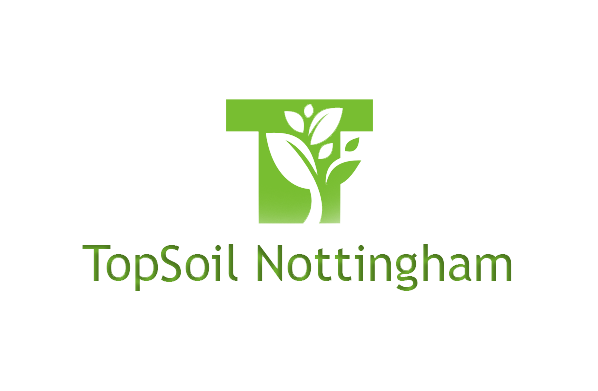The Importance Of
Good Topsoil And Mulch
While there are a number of things that contribute to the healthy growth of plants, however, none are more important that good topsoil and mulch.
This is because these two components ensure that adequate nutrition and temperature are maintained with very little work. Without them, plants are more temperamental, harder to care for, and more likely to fail. However, the construction of good topsoil and that of mulch is also important.
Depending on the plant, you may need to worry about the different levels of acidity or the levels of moisture. Plants from climates with more alkaline soil may actually benefit from the addition of things like coffee or tea. These will raise the acidity in the soil, but they also act as a great fertilizer.
Companies that create topsoil are extremely careful to ensure that it is balanced for all plant types. However, many people find that adding in their own compost and mixing the two together results in a better product. This is something that must be tested for each and every type of plant, but that many people have great success with in the end. For those who do decide to make their own compost soil, using a worm bin to ensure that everything is broken down quickly is of the utmost importance.
Once a good topsoil has been created, and the plants have been placed in the soil, moisture and weed control are the next most important step. Because good topsoil is highly fertile and ready to soak up water, it can be easy for it to be overtaken by weeds or for young roots to be fried in the hot sun. Thankfully, mulch will solve most of these problems.
Mulch is simply the organic matter that is placed over the soil, ensuring that the soil is protected and that one’s chosen plants are the only ones that actually grow. This can be grass clippings, wood chips, partially broken down compost, or specially bought store blends. The components of the mulch will vary depending on the climate and what needs to be done to keep the plants in their best condition.
Many people choose to mulch with their fresh grass clippings, adding in other components as the grass decays. In areas where the lawn is mowed at least once a week, this can be a great idea. However, one must be careful, when creating both topsoil and mulch, to ensure that weeds are not being mixed in with the finished product. Simply put, if you mow an entire field of nothing but dandelions, you will not want to use that as a form of mulch.
Other people find that straw while lacking in nutritional content, is a better form of mulch for their needs. It provides cover but doesn’t dissipate as quickly as other forms of ground coverings. This can also be added to other forms of mulch to ensure that they are doing a much better job. Usually, this can be found for cheap at a local farm supply store and a single bale of straw will go a long way.
Application of mulch is simple. If the plants are in cages, you will need to place mulch inside of the cages, as close to the stalks and roots as possible. If the plants do not have cages, you can actually mound the mulch around the stalks, ensuring that there are absolutely no gaps. However, it is important to make sure that these mounds are not very high, as that could lead to rot.
If the plants have not yet sprouted, you will need to hold off on applying mulch. Instead, you can apply another coat of high-quality topsoil, mixed
with compost. This should be loosely placed so that any seedlings are able to pop up on their own.
If you have marked where you have planted, you will be able to mulch with ease, simply avoiding the marked areas to give the plants room to grow. Once they have broken the surface, it is simply a matter of filling in the gaps.
Good topsoil and mulch will make all of the difference when it comes to your garden. Knowing how and when to apply them can ensure that you have a bountiful harvest each and every year.
